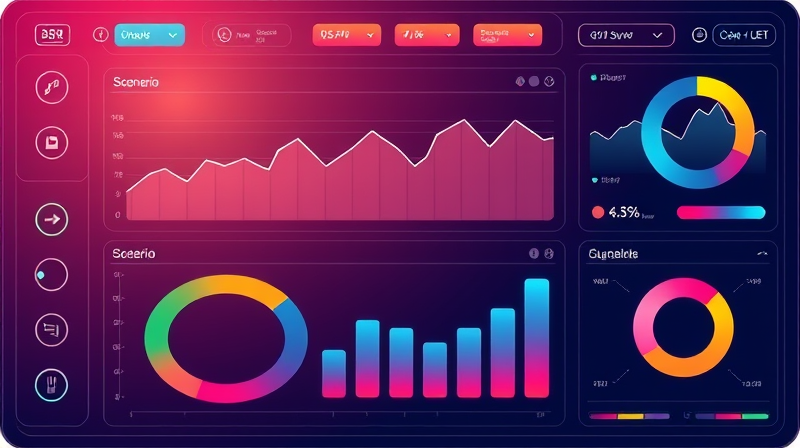
In 2025’s turbulent markets, hedge fund leaders must navigate complex challenges while safeguarding investor capital and seizing opportunities.
The first half of 2025 has been defined by heightened market volatility and a widening gap between fundamentals. This environment creates both risk and opportunity for hedge funds.
Risk-free rates have stabilized at 4%–5%, benefiting strategies with significant cash holdings such as market-neutral, long/short equity, arbitrage, and macro approaches. At the same time, institutional investors face liquidity constraints from large private market allocations, elevating hedge funds as a relatively liquid alternative.
Leaders constantly assess the liquidity profile of their holdings and rebalance between liquid and illiquid positions. A clear segmentation framework delineates operating, investing, and reserve cash.
Maintaining a fixed portion of assets in cash or equivalents is crucial. Best practices recommend holding 5%–15% in liquid assets, calibrated through rigorous scenario analysis.
Seasoned managers stress-test buffer adequacy against severe stress events, ensuring quick deployment for redemptions or opportunistic purchases.
Avoiding reliance on any single lender is key. Top funds secure lines of credit, repo facilities, and cultivate multiple banking relationships to mitigate funding stop-risks during market stress.
Engaging diverse counterparties spreads counterparty risk and preserves access to funding even when markets tighten unexpectedly.
To prevent forced asset sales, funds use redemption gates, side pockets, and lock-up periods. Some adopt opt-in or rolling redemption windows to better match liability timing with asset liquidity.
This approach stabilizes outflows and aligns fund structures with underlying strategy horizons.
Integrating liquidity stress testing within broader risk systems enables managers to anticipate funding shortfalls. Regular scenario analyses forecast survival under various market shocks.
By embedding liquidity metrics alongside market and credit risk, hedge funds build a holistic view of portfolio resilience.
Secondary market transactions for hedge fund LP interests have surged as managers facilitate investor liquidity needs without disrupting primary portfolios. Discounted trades—averaging 15%–20% below NAV—offer both liquidity and price discovery.
GP stakes investors often combine equity ownership with LP interest purchases to craft bespoke liquidity solutions.
Market dislocations create windows to acquire attractively priced assets from distressed sellers. Leaders maintain sufficient reserves to deploy into dislocations while managing redemption demands.
This dual focus on defense and offense defines the performance edge in volatile cycles.
Strong oversight by boards and asset-liability committees ensures disciplined liquidity governance. Regular reviews of policy exceptions, stress-test outcomes, and concentration risks keep leadership aligned on funding priorities.
Transparent reporting and governance frameworks foster a robust risk culture.
Advanced cash flow modeling, real-time liquidity dashboards, and scenario analytics are now standard. Digital platforms enable rapid adjustments and enhance transparency across operations.
By leveraging real-time monitoring systems, managers can detect stress signals early and execute funding strategies seamlessly.
In an era of persistent market uncertainty, hedge fund leaders employ a multi-pronged strategy: robust buffers, diversified funding, disciplined redemption controls, and dynamic asset allocation.
Effective governance, coupled with digital transformation, ensures agility and resilience. By balancing liquidity preservation with opportunistic deployments, top managers navigate pressure with confidence and deliver value to investors.
References













